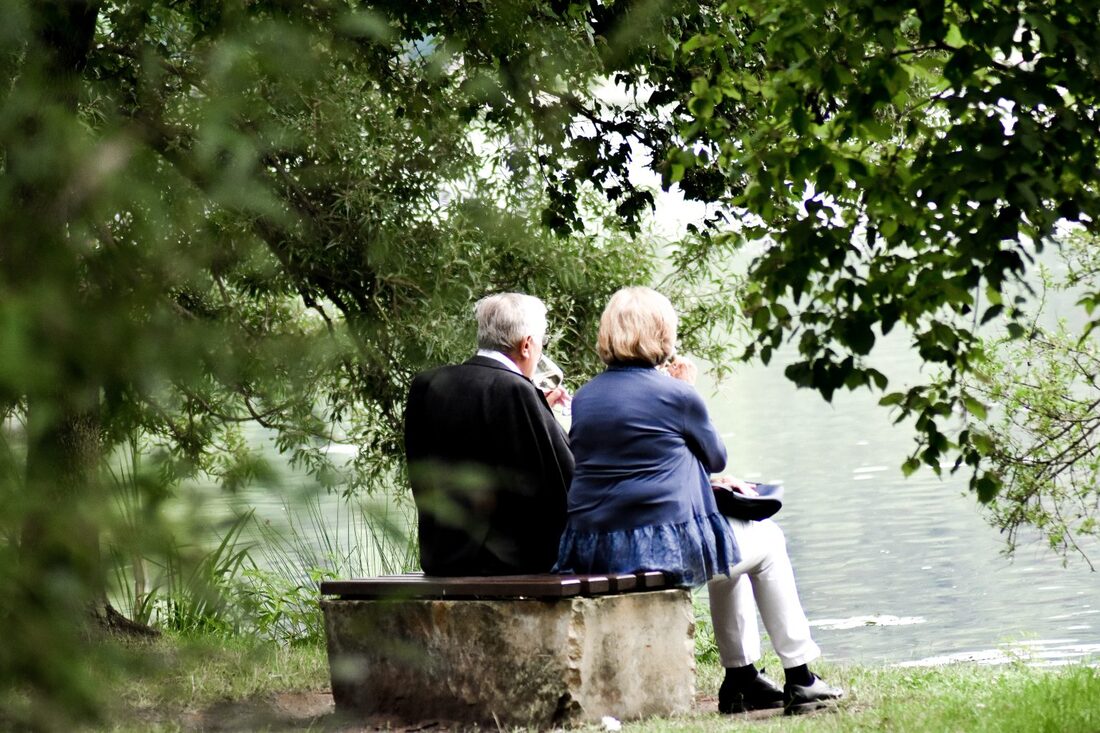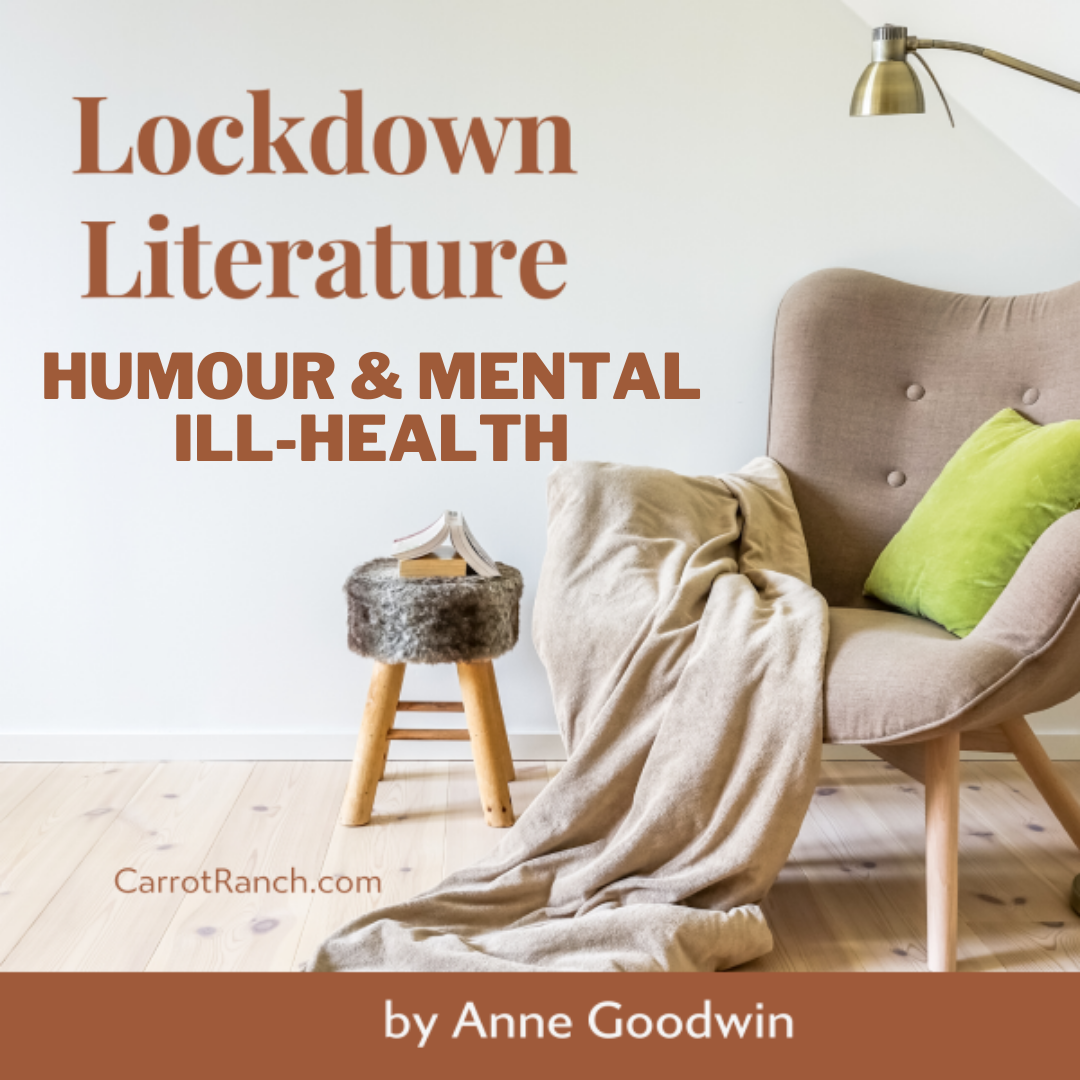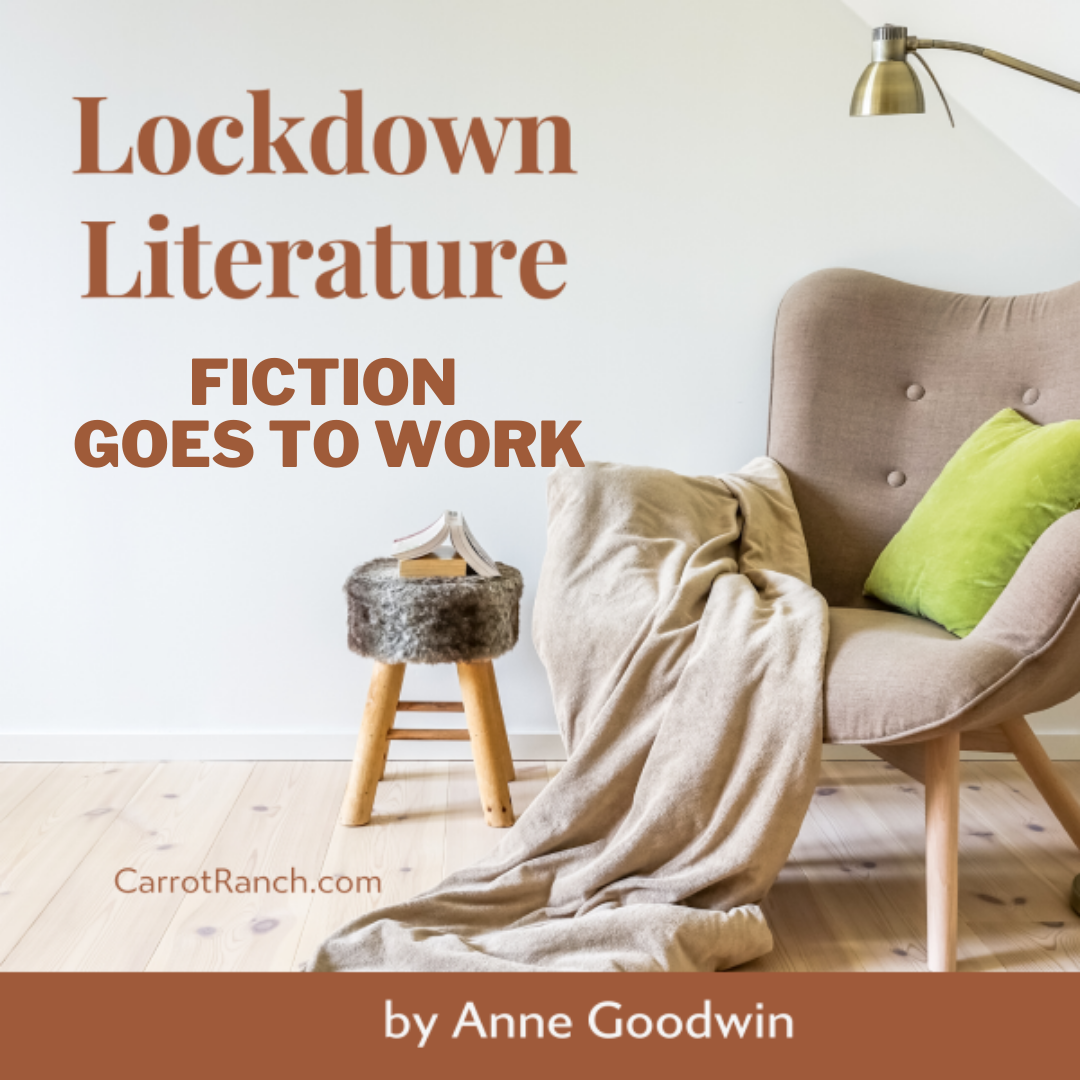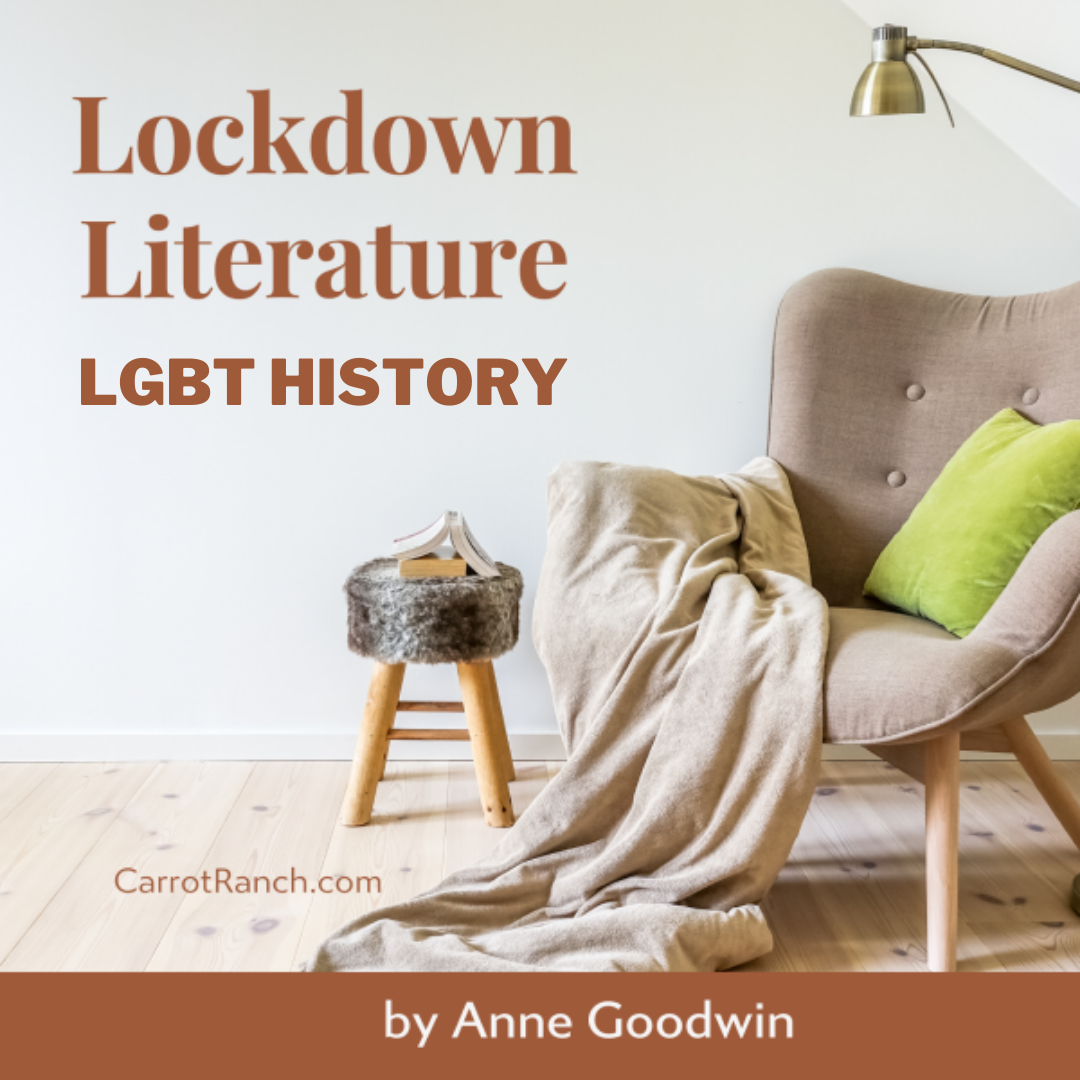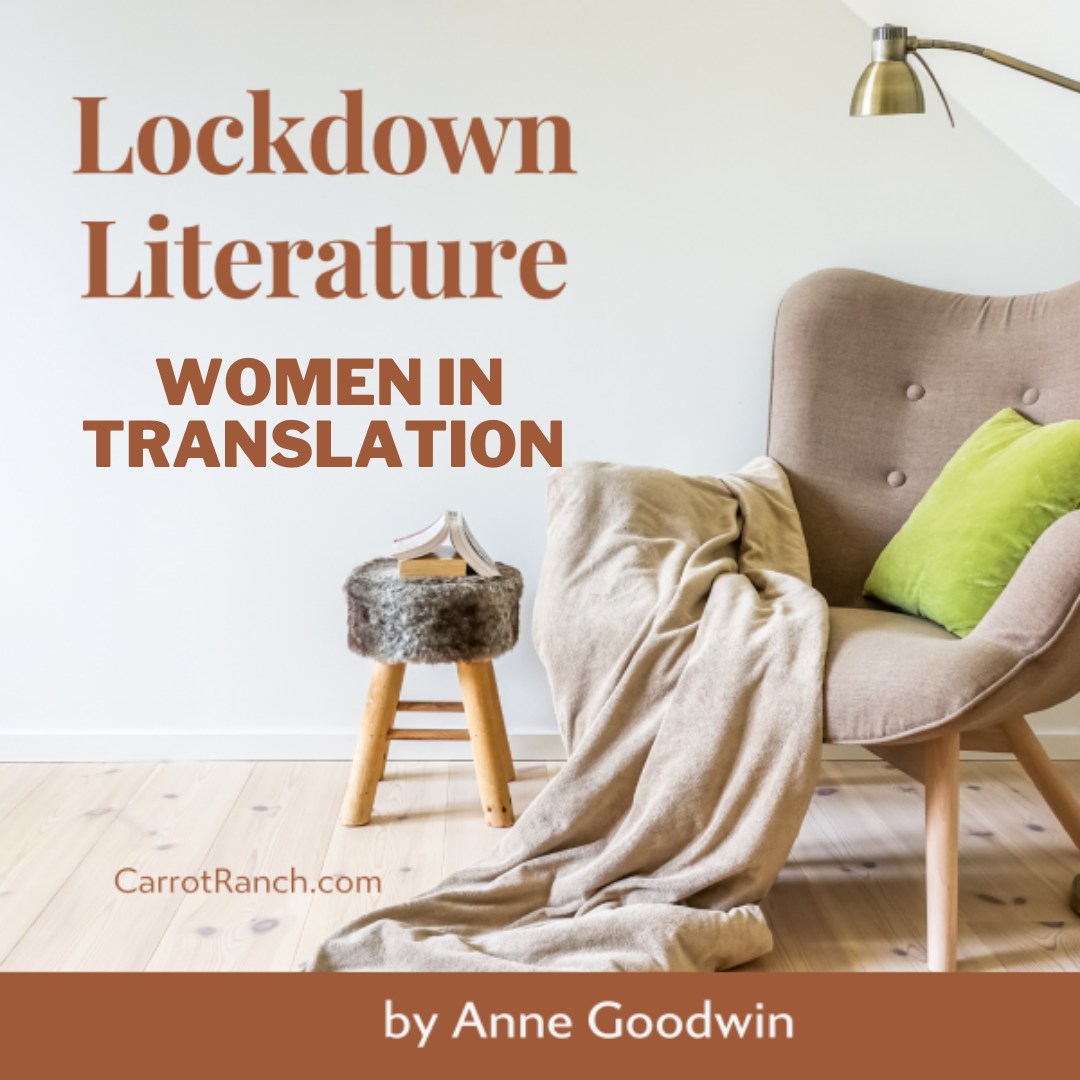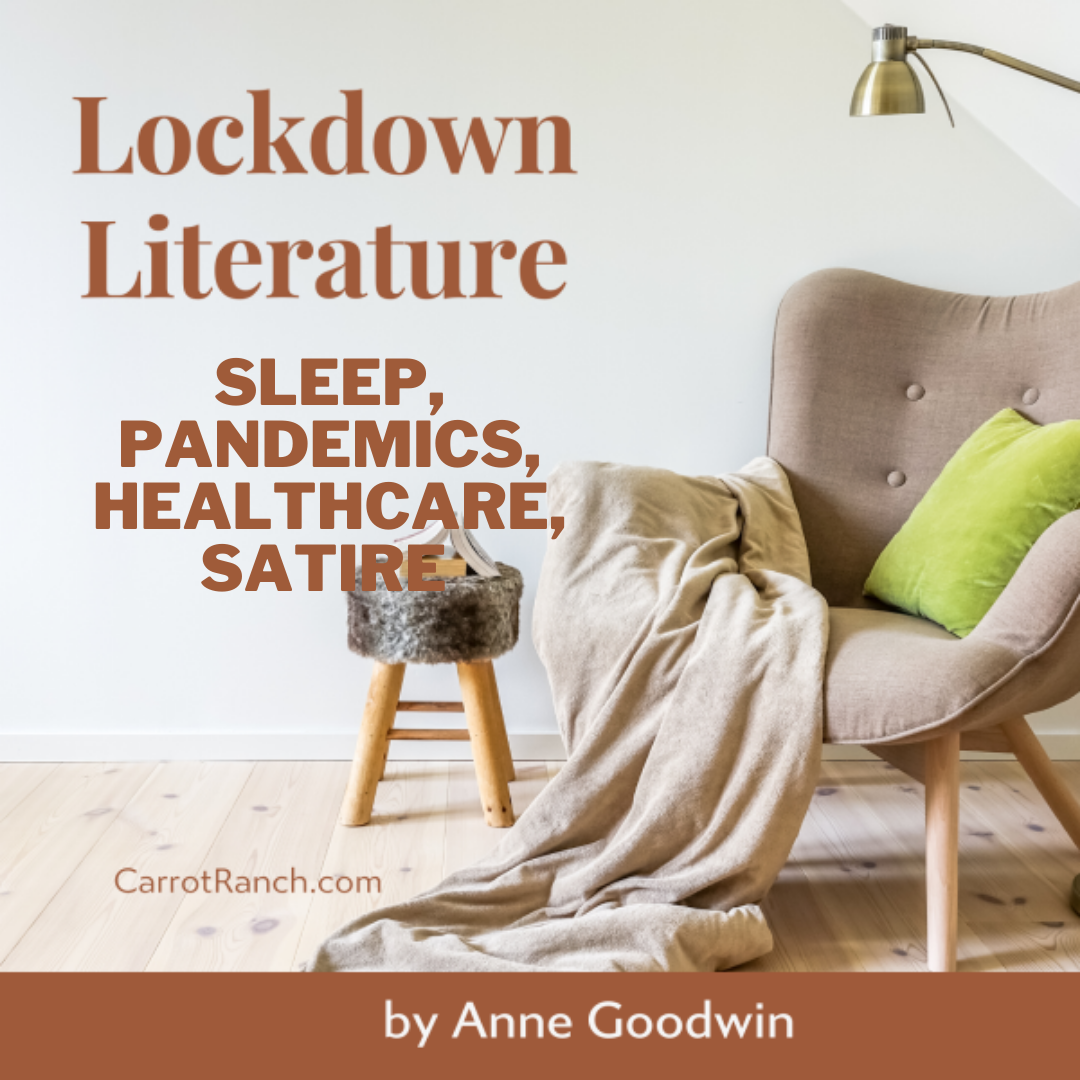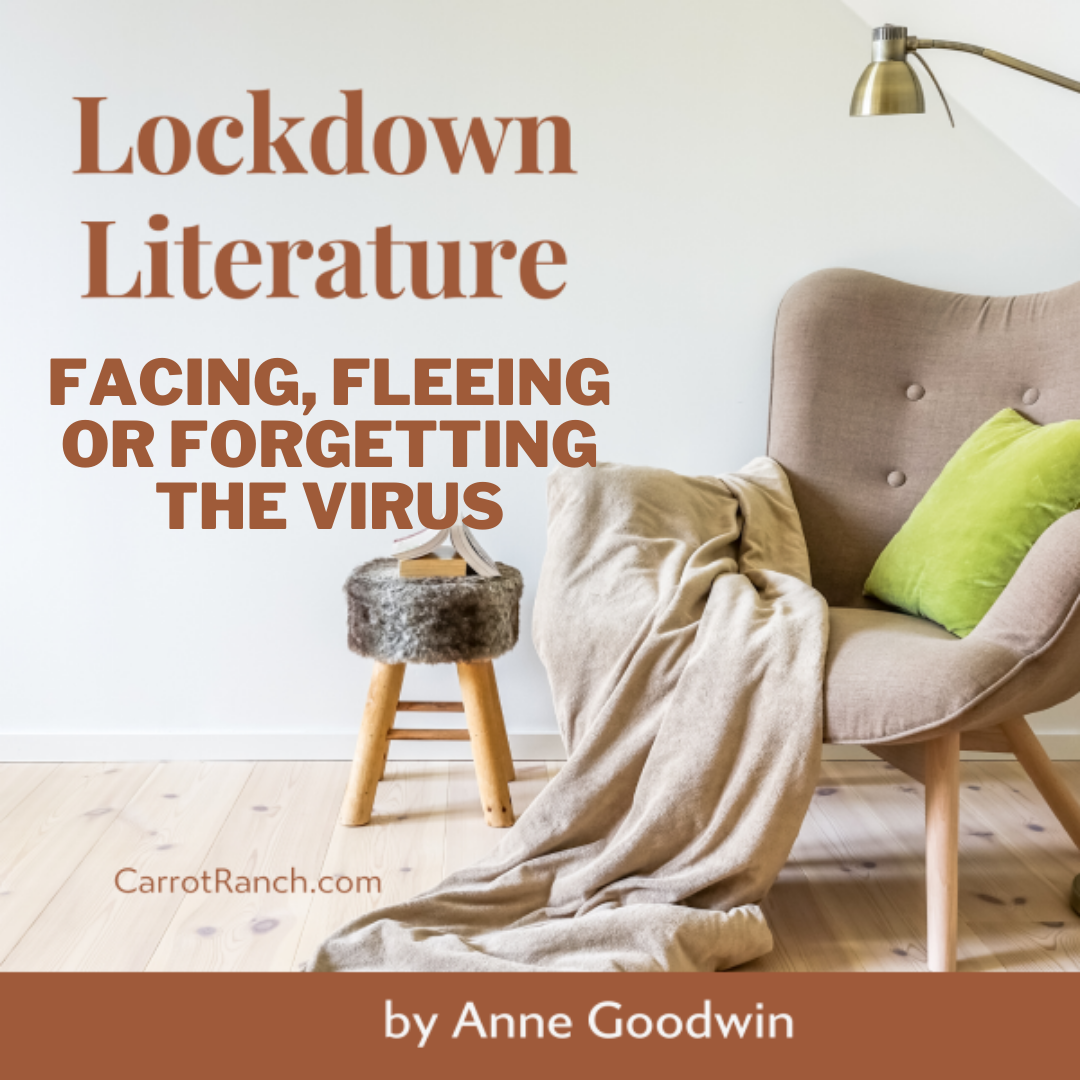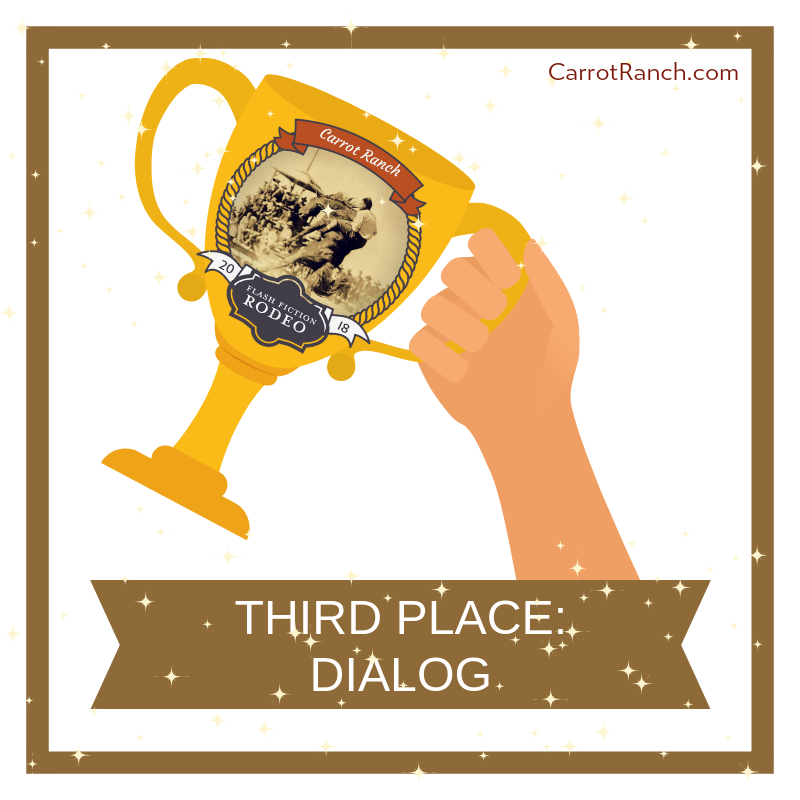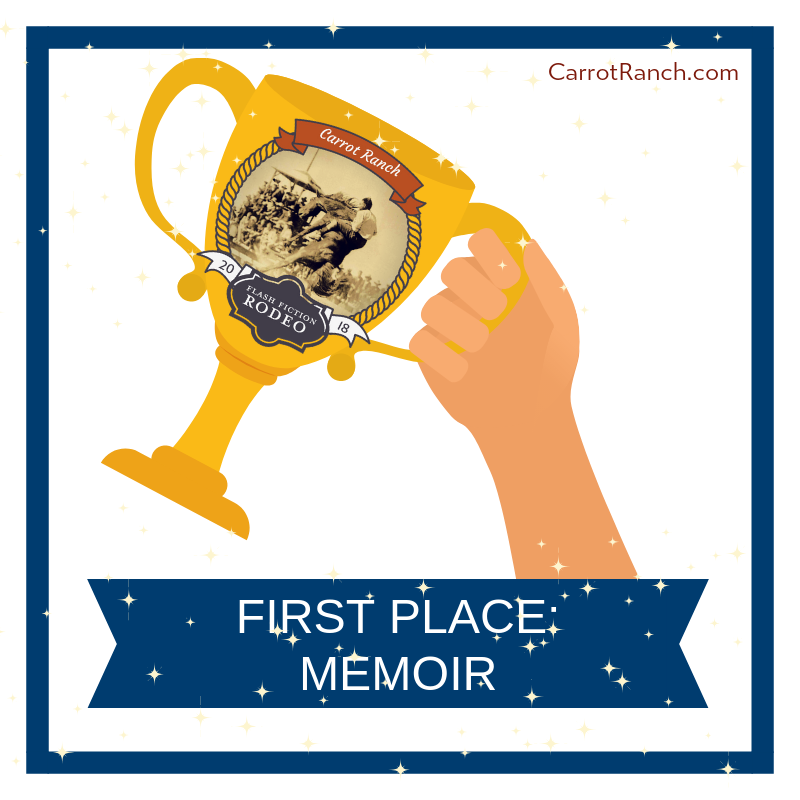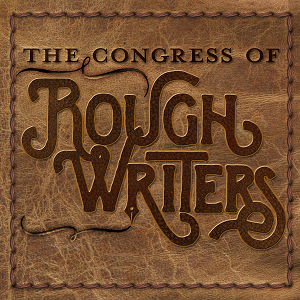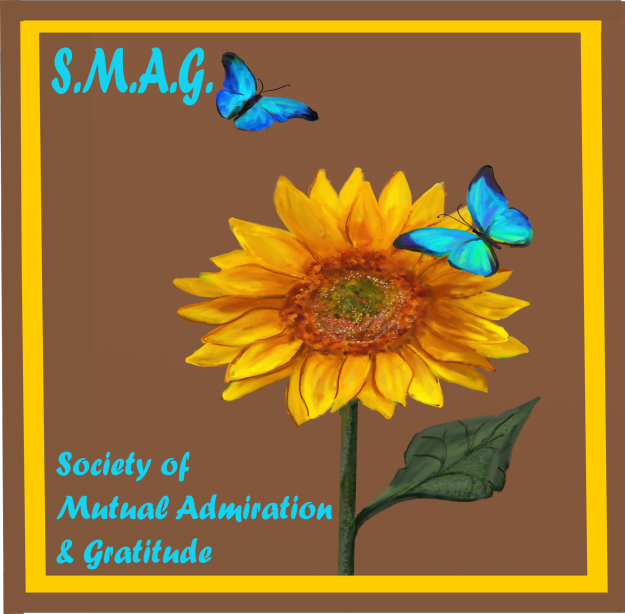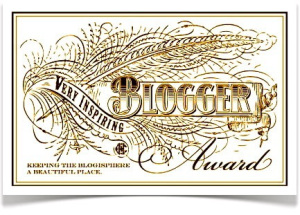| And so, misleading myths of isolation have long attached themselves to women who write: a cottage-dwelling spinster; an impassioned roamer of the moors; a fallen woman, shunned; a melancholic genius. Over the years, a conspiracy of silence and obscured the friendships of female authors, past and present. But now it is time to break the silence and celebrate this literary sisterhood – a glimmering web of interwoven threads that still has the power to unsettle, to challenge, to inspire. |
Jane Austen maintained a relationship with her niece’s governess, amateur playwright Anne Sharp, despite barriers of poverty and social class. Charlotte Brontë was inspired by the politics and passions of her former school friend, the feminist Mary Taylor, keeping in touch by letter when the latter emigrated to New Zealand. George Eliot forged a similar long-distance relationship with Harriet Beecher Stowe, their letters, shipped back and forth across the Atlantic, carefully sidestepping their differences in genre, social standing (Eliot, while calling herself Mrs Lewes, was unmarried) and philosophy (Harriet a strong believer in spiritualism, while Eliot was not). Finally, contrary to popular belief, competition and sparring were not the only elements in the relationship between Virginia Woolf and Katherine Mansfield, their friendship marked by intense conversation, correspondence and an underlying erotic charge.
Of course, these pairings occurred within the context of a network of other relationships, with friends and family, spouses and lovers, biographers and rivals for the writers’ attentions. (With my own interest in the locations that inspired Jane Eyre, I’d have liked to have known more about Charlotte Brontë’s friendship with Ellen Nussey, whom she is said to have visited in Hathersage but, not being a writer, Ellen doesn’t have a strong role in the book.) But, despite the inherent tensions, there was a depth of connection within these secret sisterhoods that other friendships could not touch.
Written in lively engaging prose, with thirty-five pages of notes and references, this book is sufficiently scholarly for the academic while accessible to the general reader. With a foreword by Margaret Atwood and an introduction and epilogue reflecting upon the authors’ own literary friendship, A Secret Sisterhood celebrates women’s relationships in all their complexity and contradictions – and, who knows, some of it might be generalisable to men’s friendships too! Thanks to Arum Press for my review copy.
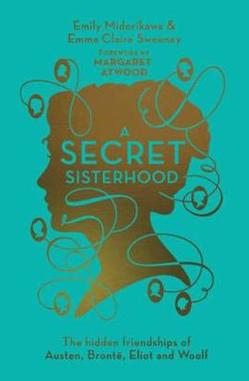


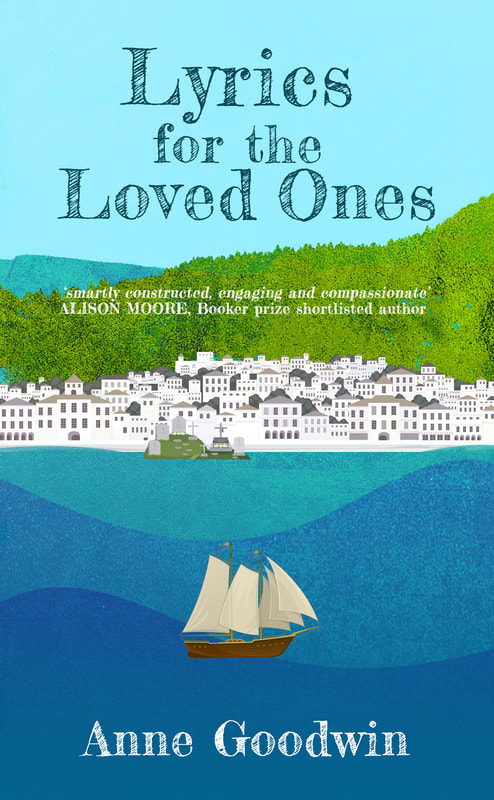
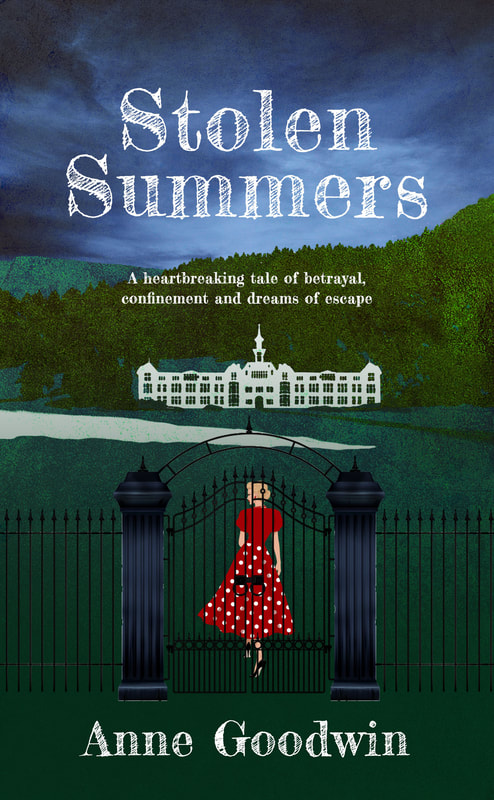


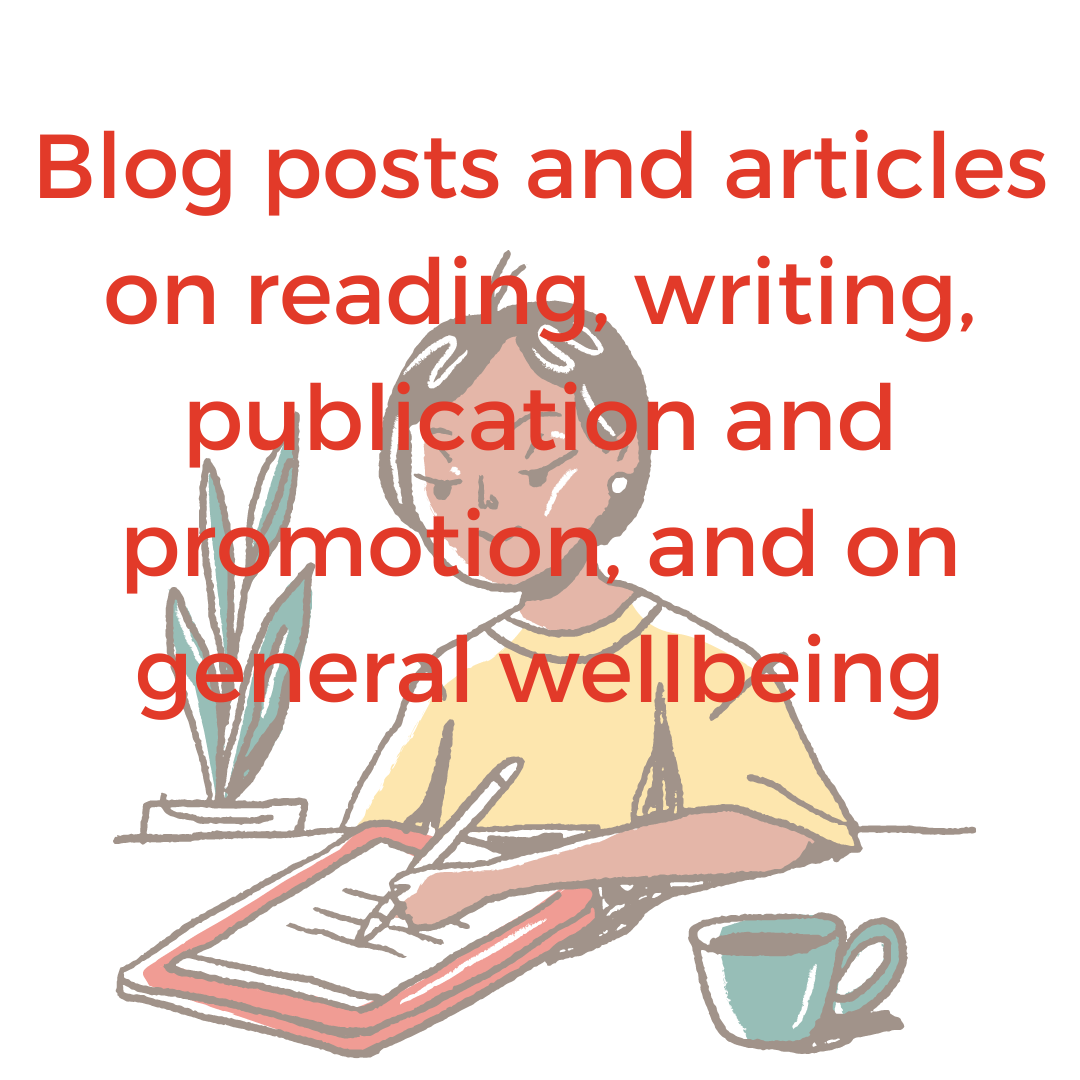

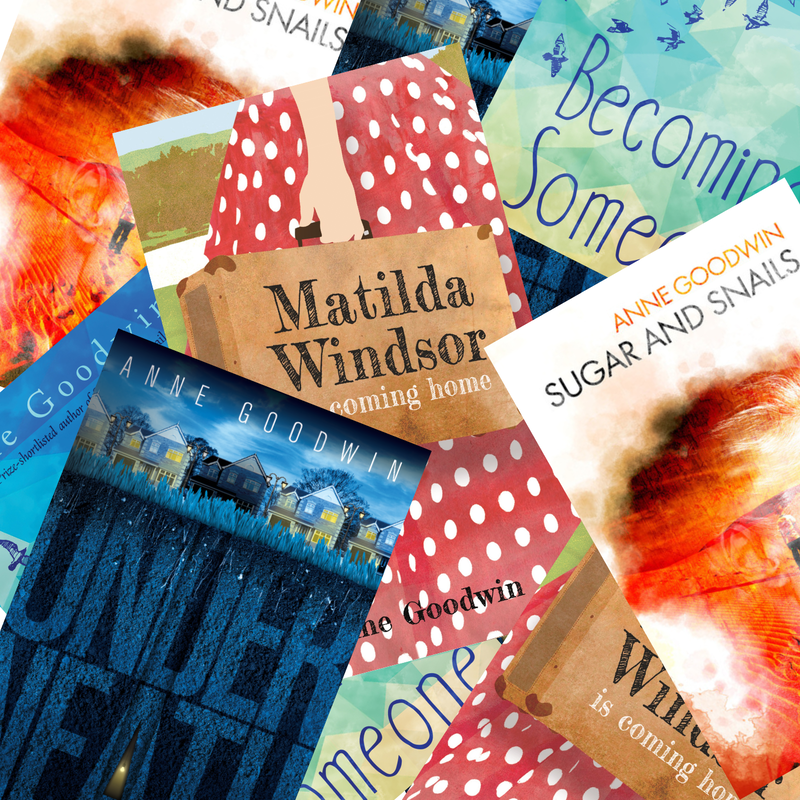
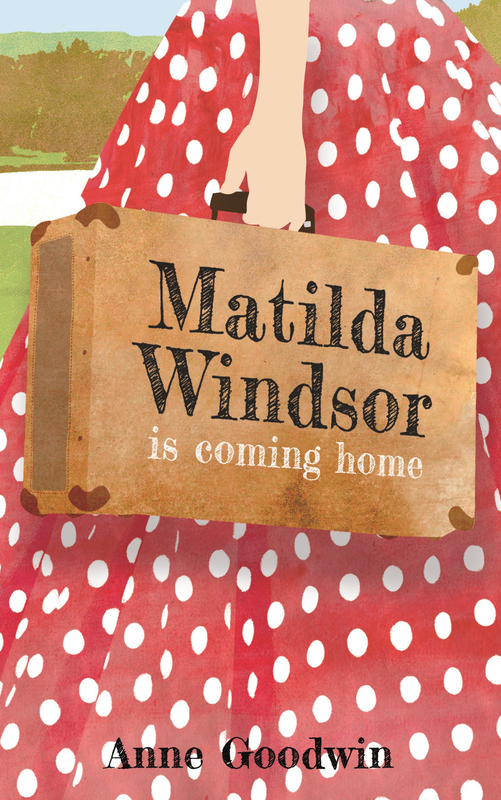



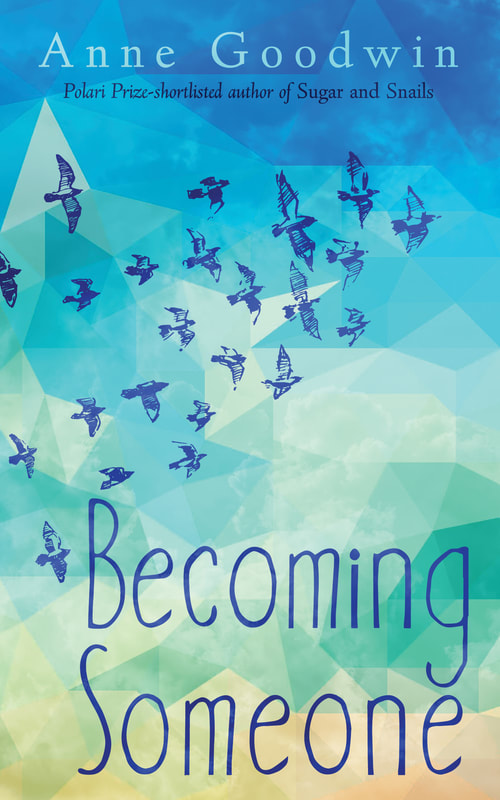






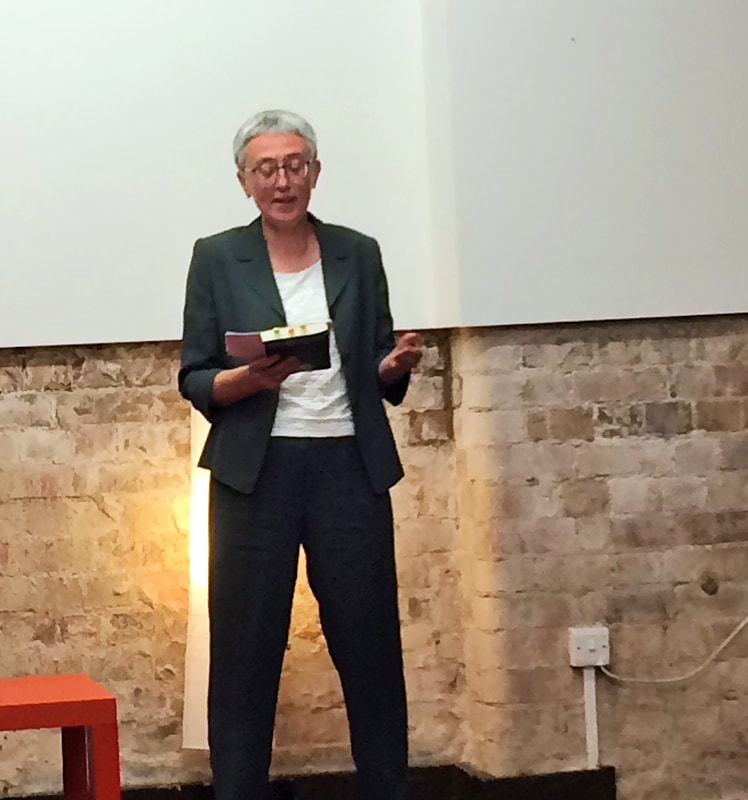

 RSS Feed
RSS Feed

